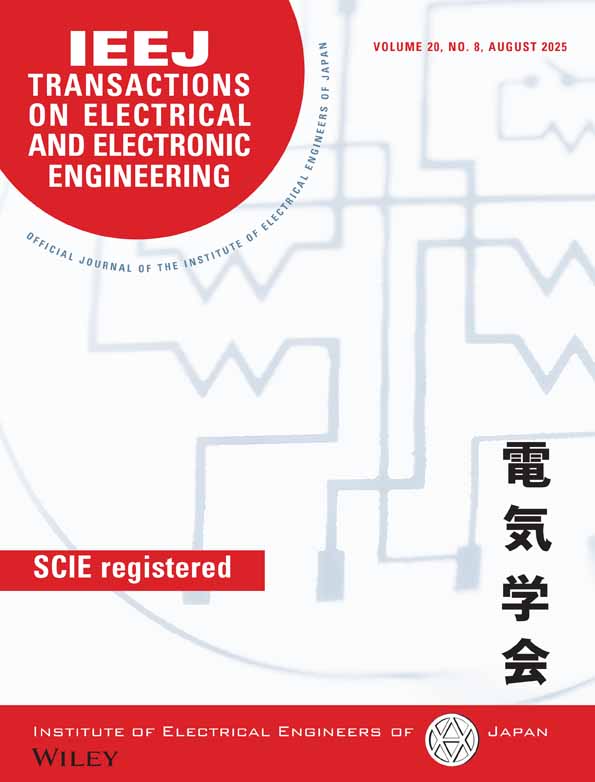Enhanced Diagnosis of Parkinson's Disease Using XGBoost†
†This research was presented at the ICEBA 2024 International Conference (The 5th International Conference on Engineering, Physics, MEMS-Biosensors, and Applications), co-organized by VNUHCM-University of Science, Tohoku University, and Mien Tay Construction University.
Abstract
Parkinson's disease (PD) affects over 10 million individuals globally, making it one of the most common neurological disorders. Despite its prevalence, no definitive cure or therapy exists to halt its progression. PD symptoms majorly influence patients' everyday lives, so prompt identification is essential. Because the disease starts in the brain, we used electroencephalography (EEG) data in our research. We used the publicly accessible dataset ‘EEG: Simon Conflict in Parkinson's’, which consists of EEG recordings from 28 people with PD (ON–OFF medication) and 28 healthy people (CTL). Due to the sensitivity of EEG signals, noise components were removed using Independent Component Analysis (ICA) combined with the IClabel model. Cleaned signals were reconstructed and analyzed into five primary frequency bands: delta, theta, beta, alpha, and gamma with statistical features. Boosting methods from the ensemble algorithm family were applied to evaluate classification performance. The classification results are presented for two labels (healthy individuals and PD) and three (healthy individuals, PD in ON medication, and PD in OFF medication). The XGBoost model achieved the best classification performance, achieving high accuracy, sensitivity, and specificity within a reasonable computation time. The XGBoost model combined with ICA-ICLabel achieved 99.71% accuracy in PD-CTL classification and 91.35% accuracy in three-class classification (CTL-ON-OFF). © 2025 Institute of Electrical Engineers of Japan and Wiley Periodicals LLC.




